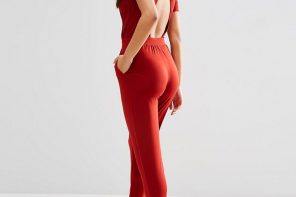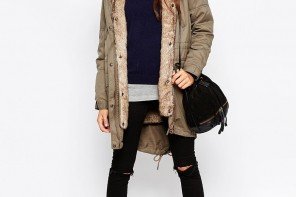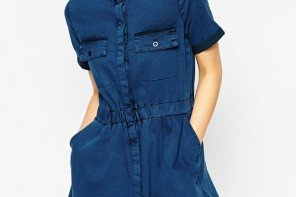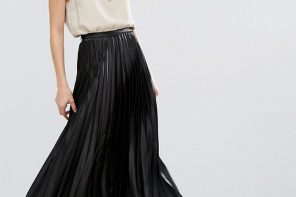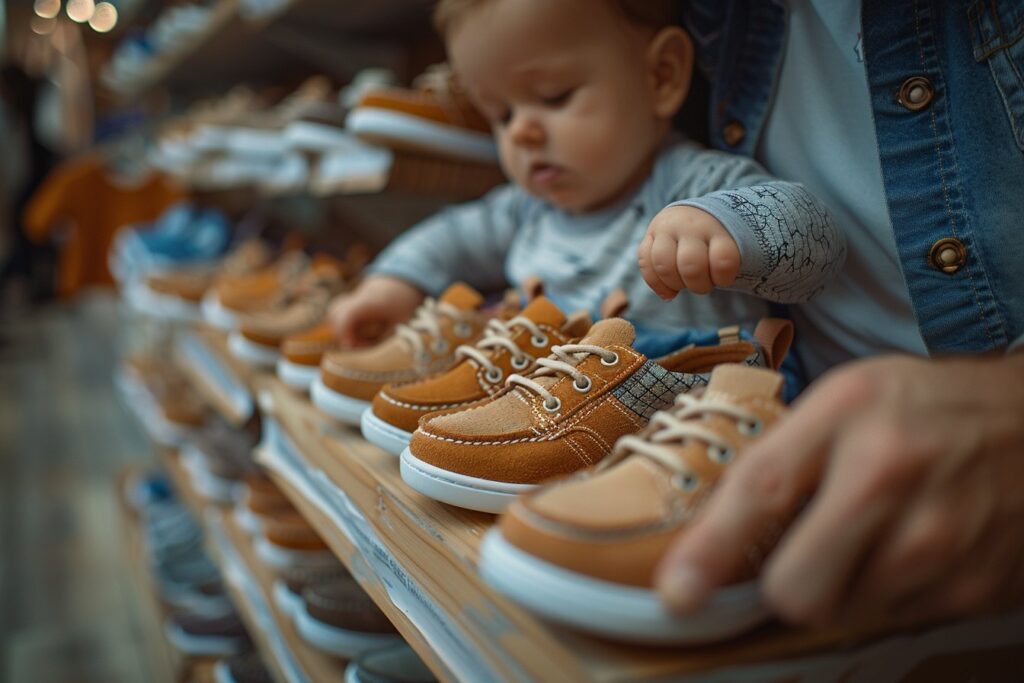
Welcoming a baby into your life, whether it’s your first or fourth child, is an indescribable feeling. You want to ensure that your little one has everything he needs to be comfortable, safe, and stylish – including the perfect pair of baby boy shoes. With so many stores offering different styles, materials, and ratings, finding the ideal pair can be overwhelming. This article will guide you through key features to look for when selecting baby shoes tailored to support healthy foot development.
Opting for Flexibility, Support, and Quality Materials
Choosing the right shoe for your baby involves considering three fundamental elements: flexibility, support, and material quality. To choose the shoes that protect baby feet, these aspects should not be overlooked.
Flexibility: Why It Matters
For infants and toddlers, proper footwear must allow for natural movement as they grow and learn how to crawl or walk. As such, flexibility is crucial in promoting healthy foot development. While adult shoes often require rigid soles to provide support, baby shoes need to feature soft, pliable soles that allow their feet to move freely and develop muscles naturally. Opt for shoes that bend easily without compromising on overall quality. Moreover, check the toe box area – your baby’s toes should have enough space to wiggle freely, ensuring a proper fit and maximum comfort.
Supportive Footwear: Encouraging Balance and Stability
During the early stages of your baby’s life, his feet are still developing bone structure and muscle strength. A shoe with adequate support will encourage balance by providing the correct foundation for healthy foot development. Striking a balance between flexibility and support is essential when choosing baby boy shoes. Look for models designed with sufficient cushioning to protect your little one’s delicate feet from hard surfaces, yet light enough for them to explore their world and develop muscle strength.
Materials: Prioritize Natural, Breathable Selections
The material of your baby’s shoe is another vital factor to consider. Not only does it contribute to overall comfort, but it can also affect the health and well-being of your child’s feet. Whenever possible, opt for natural materials that allow the skin to breathe and prevent potential issues such as irritation or infection. Here are some common options:
- Cotton: This organic fiber provides excellent breathability, making it an ideal choice for baby shoes. Cotton is soft to touch and gentle on the skin, reducing the chances of chafing and irritation.
- Leather: A popular choice among parents, leather is both durable and breathable. High-quality leather shoes adapt to the shape of your baby’s foot, offering optimal support while allowing room for growth.
- Suede: Similar to leather, suede offers breathability while being more affordable. Though not as durable, suede shoes are still suitable for younger children who don’t wear shoes as frequently or demand heavy-duty footwear.
- Bamboo: As an eco-friendly alternative, bamboo-based materials have become increasingly popular. Bamboo is hypoallergenic, antibacterial, and naturally controls moisture – perfect for keeping your baby’s feet comfortable and healthy throughout the day.
Avoid synthetic materials like plastics and rubbers which may cause possible discomfort, irritation, or even blistering. Moreover, such materials often lack the breathability required to maintain a healthy foot environment.
Accounting for Growth: Size and Adjustability
During their first years, babies experience rapid growth, and no parent wants to buy new shoes every few weeks. To account for this rapid development, consider choosing a shoe with adjustable features like Velcro straps or elastic openings. Obviously, these allow for easy adjustments as your baby grows, providing a secure fit without constraining his feet.
To determine if the shoe size is appropriate, remember the thumb rule: there should be a thumb’s width space between the end of the shoe and your child’s longest toe when standing. Regularly checking the fit ensures that your baby is always wearing comfortable footwear, without jeopardizing healthy foot development due to tightness.
Considering Delivery, Returns, and Other Purchasing Factors
With countless stores offering an array of baby boy shoes in various styles and materials, it’s crucial to not only prioritize quality but also consider other factors while making a purchase. Here are some additional aspects to take into account:
- Store Reputation: Select a reputable store – online or brick-and-mortar – known for offering high-quality products and a reliable customer experience.
- Ratings and Reviews: With access to firsthand consumer feedback, refer to reviews on specific items and brand reputation to gauge which footwear options fare well among parents in terms of comfort, safety, and design.
- Delivery Time: Consider stores with reasonable delivery times, ensuring your little one gets his shoes promptly without extended waiting periods.
- Returns and Exchanges: A change of mind or ill-fitting pair of shoes may arise. In such cases, a store with a flexible return and exchange policy safeguards you should the need for replacement or refund surface.
In conclusion, selecting the perfect pair of baby boy shoes entails considering essential elements like flexibility, support, material quality, sizing, adjustability, delivery, and returns. Keep these factors in mind as you browse through seemingly endless footwear options to ensure your little one’s comfort while supporting healthy foot development.


